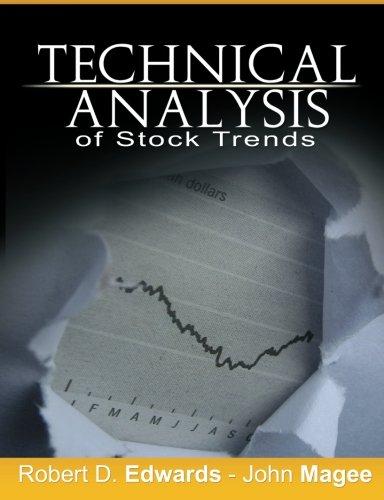Question
(a) Assume that the exchange rate between the U.S. dollar ($) and the Mexican peso (P) is pegged at ER=$1/P4. Assume that, initially, this exchange
(a) Assume that the exchange rate between the U.S. dollar ($) and the Mexican peso (P) is pegged at ER=$1/P4. Assume that, initially, this exchange rate corresponds to equilibrium in the foreign exchange market. Illustrate the initial situation in the market for peso-denominated deposits using demand and supply curves. (b) The United States now undertakes an economic policy that puts upward pressure on the interest rate on dollar-denominated deposits (i). Mexico follows an economic policy that puts downward pressure on the interest rate on peso-denominated deposits (i*). Explain and illustrate effects of the two countries policies in the foreign exchange market in the graph you draw in (a). If the exchange rate between the dollar and the peso had been flexible rather than fixed, what would happen? (c) If Mexico maintains its commitment to hold the exchange rate at $1/P4, what actions must the Mexican central bank take? Explain. (d) If the United States and Mexico continue to follow the economic policies outlined in part (b) above, what will happen if the Mexican central bank continues to take the action described in part (c)? (e) Suppose you are a participant in the foreign exchange market. Given your answer to (d), how might you adjust your expectation of the future dollar price of the peso (ERe)? What effect would this have on the foreign exchange market? Would it make the Mexican central banks job easier or more difficult? Why
Step by Step Solution
There are 3 Steps involved in it
Step: 1

Get Instant Access to Expert-Tailored Solutions
See step-by-step solutions with expert insights and AI powered tools for academic success
Step: 2

Step: 3

Ace Your Homework with AI
Get the answers you need in no time with our AI-driven, step-by-step assistance
Get Started


